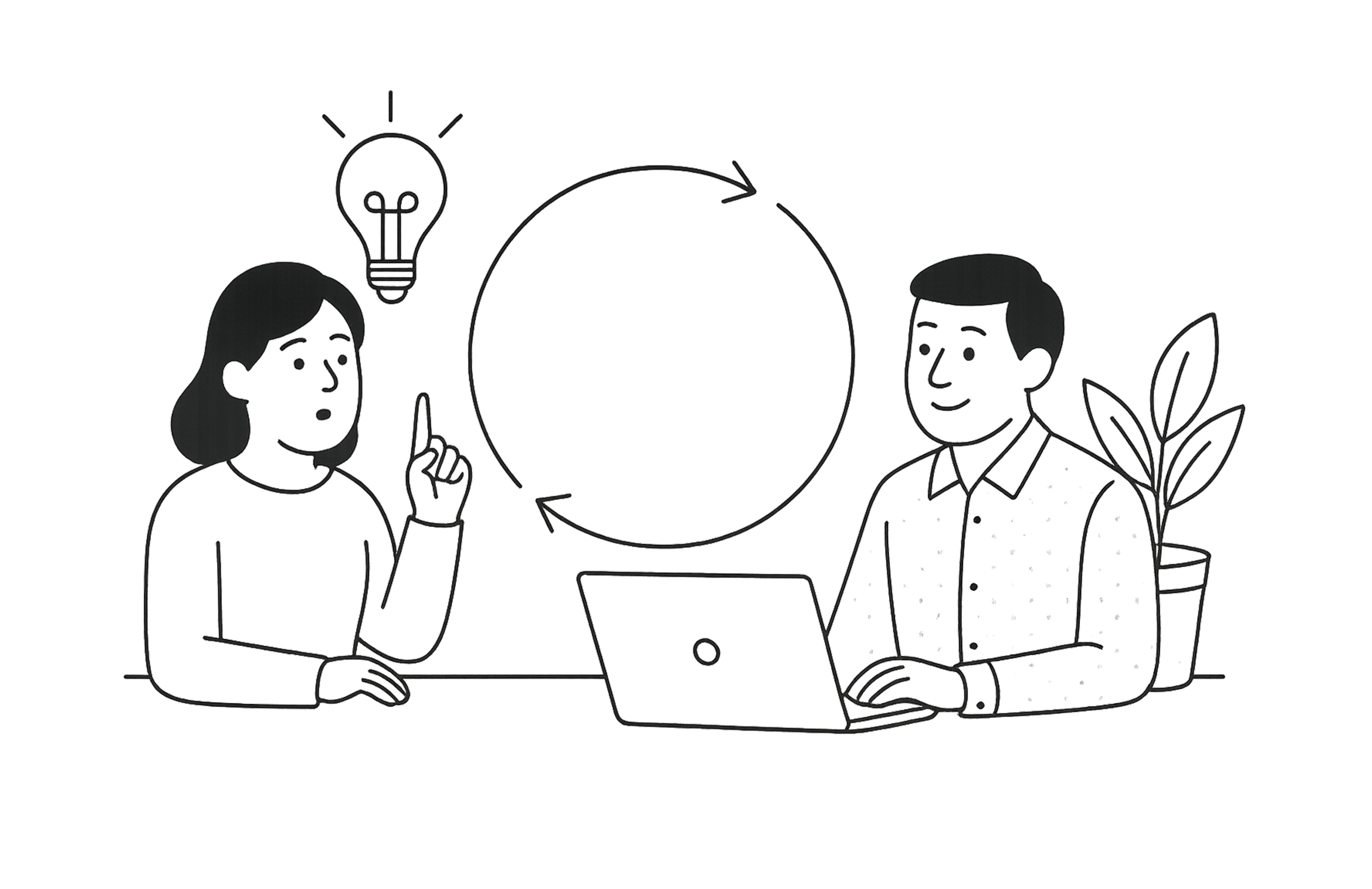
Beyond the MVP: Lean Start‑up Meets Service Design for Sustainable Innovation
Julia Vorobiova / Apr 10, 2025
In today's economy, uncertainty isn't a bug, it's the system. Business models are upended overnight, customer needs shift without warning, and yesterday's innovations age fast. For any company, not just scrappy start-ups, the question is the same: How do we build something that matters, lasts, and adapts faster than the world around it?
Two powerful methodologies offer answers: Lean Start-up and Service Design. Alone, they're useful. Together, they're a game-changer.
Lean Start-up: Fast, Focused, and Feedback-Driven
Lean Start-up is all about speed and learning. You start small, with a Minimum Viable Product (MVP), test it in the real world, and use what you learn to build smarter. It's agile. It's iterative. It cuts waste. That's why everyone from fintech start-ups to giants like GE and Intuit have adopted Lean principles.
But here's the catch: speed can create tunnel vision. In the race to validate a product, teams can miss what really matters: the bigger opportunity, the surrounding ecosystem, or what customers feel across the whole experience.
Enter Service Design: Big Picture Thinking
Service Design zooms out. It helps companies see the full journey: not just a feature or app, but the entire ecosystem surrounding it, including onboarding, support, logistics, emotions, and context. It asks better questions: Why does this matter? What pain are we really solving? Where does this fit in someone's life?
It also connects the dots inside companies, aligning product, marketing, ops, and engineering around the same user needs and strategic vision. It doesn't just help you build things right, it helps you build the right things.
Why Together Is Better
Individually, Lean Start-up and Service Design solve different parts of the innovation puzzle. Together, they form a loop that's faster and smarter:
- Lean keeps you moving.
- Design keeps you aimed.
- Together, they help you test small, think big, and stay human.
Let's say your team wants to launch a new digital product. With Lean, you'd build an MVP fast. With Service Design, you'd first map the whole customer journey, uncover hidden needs, and validate the service experience, not just the interface.
That MVP? It's no longer a half-baked feature, it's the minimum lovable experience. One that actually fits into people's lives. That's what modern users expect. And that's what gets real traction.
What the Smartest Companies Are Doing
Across industries, leaders are blending these mindsets:
- Intuit's "Design for Delight" program combines rapid experimentation with deep customer empathy.
- Ericsson uses Lean cycles backed by service mapping to launch scalable internal tools.
- Retail, health, and SaaS brands are using journey mapping and MVPs in tandem to test services holistically, not in pieces.
It's no longer enough to move fast. You also need to move in the right direction, with people at the center.
5 Practical Takeaways for Leaders
🚀 Start learning, fast.
Treat everything as a test. Shorten the distance between an idea and real-world feedback.
🗺️ See the whole system.
Look beyond the product. Design for the full journey, including onboarding, support, and emotions.
👥 Design with your team.
Bring cross-functional people into the room early. Strategy lives at the intersection of roles.
❤️ Make it lovable, not just viable.
Raise the bar for MVPs. Users have choices. A slightly better experience wins hearts.
📈 Build to scale, not just to ship.
Service Design ensures your MVP isn't a dead-end, but the seed of a sustainable business.
In a world that moves fast, clarity is power. Combining the rigor of Lean with the empathy of Service Design helps you cut through noise, avoid wasted effort, and create something truly valuable for users and for your business.
The future belongs to companies that learn fast, design smart, and keep people at the heart of every build.